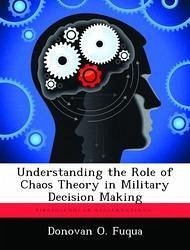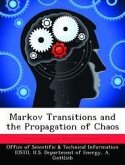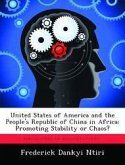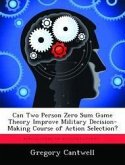Chaos theory is a poorly understood concept in social science and in military analytical decision making systems. Military decision makers require a multidisciplinary approach of mathematical analysis, modeling and simulation, topology, and post-structural philosophy if they intend to conceptualize chaos theory and complex adaptive systems and theirs relevance to military planning. The essence of this understanding is that while chaos appears random, chaos properly understood is a deterministic series found in very simple forms. These forms exhibit sensitivity to initial conditions, bounding, and attractors. Despite various methods for detecting chaos in mechanical systems, data set size limitations and inability to separate out adaptive behaviors make these techniques of little value in situ. Adaptation and complexity are phenomena that are very different from chaos. Higher order interactions and effects, self-organization, and propensity of co-evolution and novel emergence distinguish chaos from stochastic processes. The self-organization and emergence are evident when a cumulative effect is different from the additive effects of the components. These self-organizing components differ from chaos because the properties of resolution and scope are fundamentally different. The fractal nature of chaos ensures that it is scale less and, therefore, unable to produce novel emergent effects. One way to conceptualize chaos within complexity is through the Deleuzian post-structural Philosophy of Difference regarding Smooth and Striated Spaces and Nomad versus the Sedentary agents. This conceptualization, transferred to chaos applications, links turbulence to barriers and increased gridding on the surface of open systems. These barriers inform agents on suitable terrain and options during decision-making. Understanding chaos has several applications for military planning in real world environments. Because chaos is bounded, planners can create allowances for system noise. T
Hinweis: Dieser Artikel kann nur an eine deutsche Lieferadresse ausgeliefert werden.
Hinweis: Dieser Artikel kann nur an eine deutsche Lieferadresse ausgeliefert werden.








